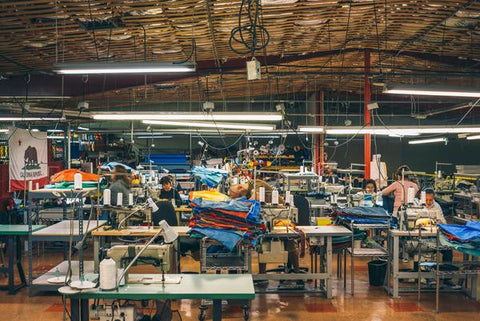Artisan. Handmade. Local. Ethical. These are words that carry big cache in today’s world. Birdwell has been working this way since the very beginning. I got a firsthand taste of this on a recent tour of the Birdwell factory, in Santa Ana, California. A 10,000 square foot room filled with fabric, shelves, tables, and seamstresses who played their sewing machines as if they were musical instruments, I was hit with a lot of soul, the sense that these employees take great pride in their work. Bill Carney, Head of Production, walked me to the far end of the room. Rolls of colored fabric poked out of shelves. Stacks of stenciled cutouts that vaguely hinted at boardshorts covered a drafting table.
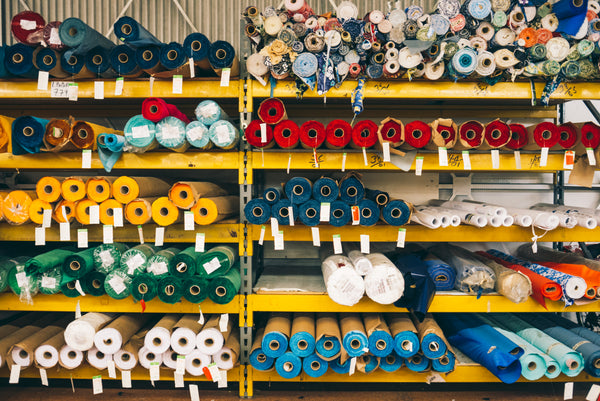
“It starts with the design conception,” explained Bill. “With Birdwell, the actual design conception was in the early ‘60s with progressive materials like nylon when many of the other brands were using cotton or canvas, so that was early innovation in the use of materials. And we basically refined a fit, and we offered a wax pocket that was purpose-built for surfing.”
A bearded, bright-eyed man with a gentle demeanor, Bill explained that they’ve been making boardshorts in this room since 1961.
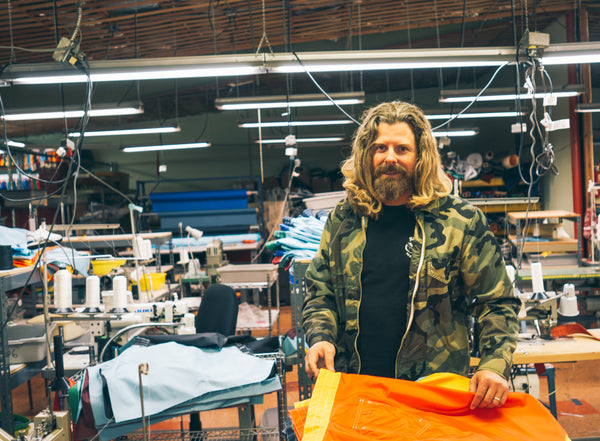
“Lots of the machinery and construction practices are much the same for over fifty years. We do everything under one roof. We do the cutting and the sewing and all the patterns here. It’s really rare—most of today’s boardshorts are made offshore. So this harkens back to 15 or 20 years ago when we had a really robust clothing industry.”
Bill picked up a piece of two-ply nylon fabric. It was a federal blue color that I recognized. I was suddenly reminded of my first pair of Birdwells, back in the late ‘70s. He gestured towards the seamstresses.

“This is a collaboration with the people who use the product, our customers, and the creative team here in deciding what products will be made and the purpose of them. We believe in a utilitarian, purpose-built ethos, so anything we make will have a purpose in what it’s going to be used for, with an emphasis on outdoor activity and watersports.”
He grabbed a stencil from one of the tables and handed it to me.
“We start with a paper pattern, which consists of all the various pieces of that garment. There are a lot of nuances to be accounted for – there are seam allowances and how it’s actually going to fit together. We have mastery-level seamstresses here. From the paper pattern we go to the sampling process—we’ll sew a garment together, we’ll fit it, we’ll make any changes. It’s always evolving, a collaborative effort with design, production, and the seamstresses.
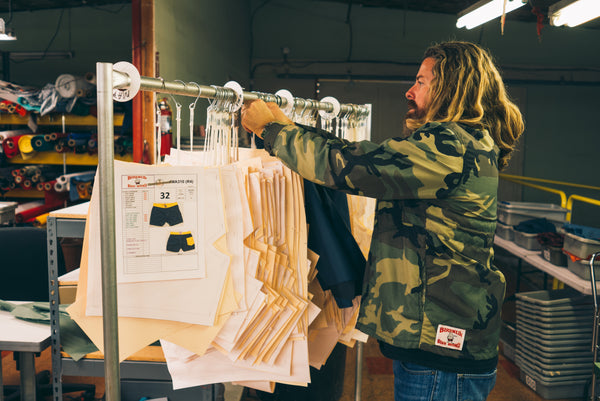
“The really interesting part of domestic manufacturing is that what you do helps other businesses and helps nurture an industry. We have people who repair our sewing machines, supply parts. We buy the bulk of our material domestically. Even the fiber that is used to weave the two-ply nylon is done domestically, so there’s this whole ecosystem. We want to build something that will last. We really focus on the quality.”
I pawed the stenciled pattern piece. It was flat and one-dimensional, yet I could see how it’d shape into the front right panel of a pair of boardshorts. Bill explained that once the pattern pieces are cut, they’re put into bins. “We use what’s called a marker. The marker is essentially just pattern pieces all laid out by size. Making one or making 10,000 is done by the same process.”
He showed me how one operation gets passed to the next, so that at one end of the factory floor were the raw materials, and at the other end was a finished pair of boardshorts. He said that there are 35 operations in making a pair of boardshorts: “As it gets passed through the line it starts looking more and more like a pair of boardshorts.”
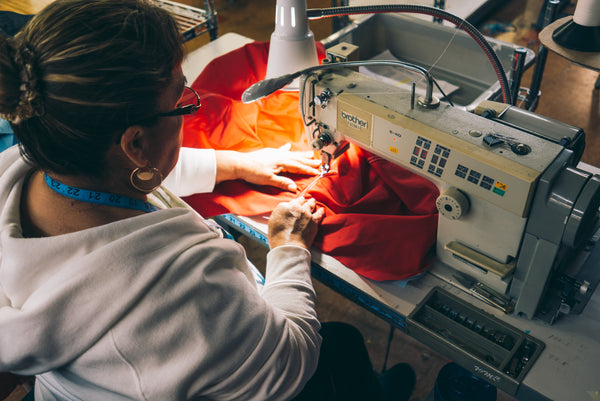
Bill introduced me to Monica, who was sewing a “side seam.” “That’s a right piece and a left piece,” he said. From Monica the boardshorts went to Leti, who poked and sewed buttonholes into the fly. Pocket bags and pocket flaps were next on the boardshort-in-the-making’s itinerary. “Every stitch is set by hand,” Bill told me. “We have a consistency in quality. Consistent quality is better for everyone.”
He went on to say that Birdwell’s are distinctly different to most boardshorts. The 2-ply nylon material, the heavy nylon thread—they’re built to last for over a decade, and that’s if you use them everyday. “The thread we use is of a quality where you could make a sail out of it,” he said.
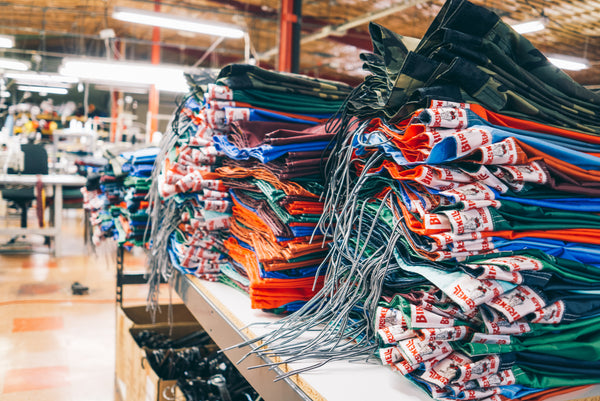
We got to the end of the line. Stacks of brightly-colored boardshorts covered tables. They reminded me of hot summers. I could almost feel that first duck dive of the morning, a passage into that other part of ourselves. Bill picked up a pair of 311s, color orange.
“My favorite part of the process is when they sew the Birdie logo on,” he said. “That’s the last part of the operations. That’s when the shorts come alive. That’s when it all kind of lights up.”
